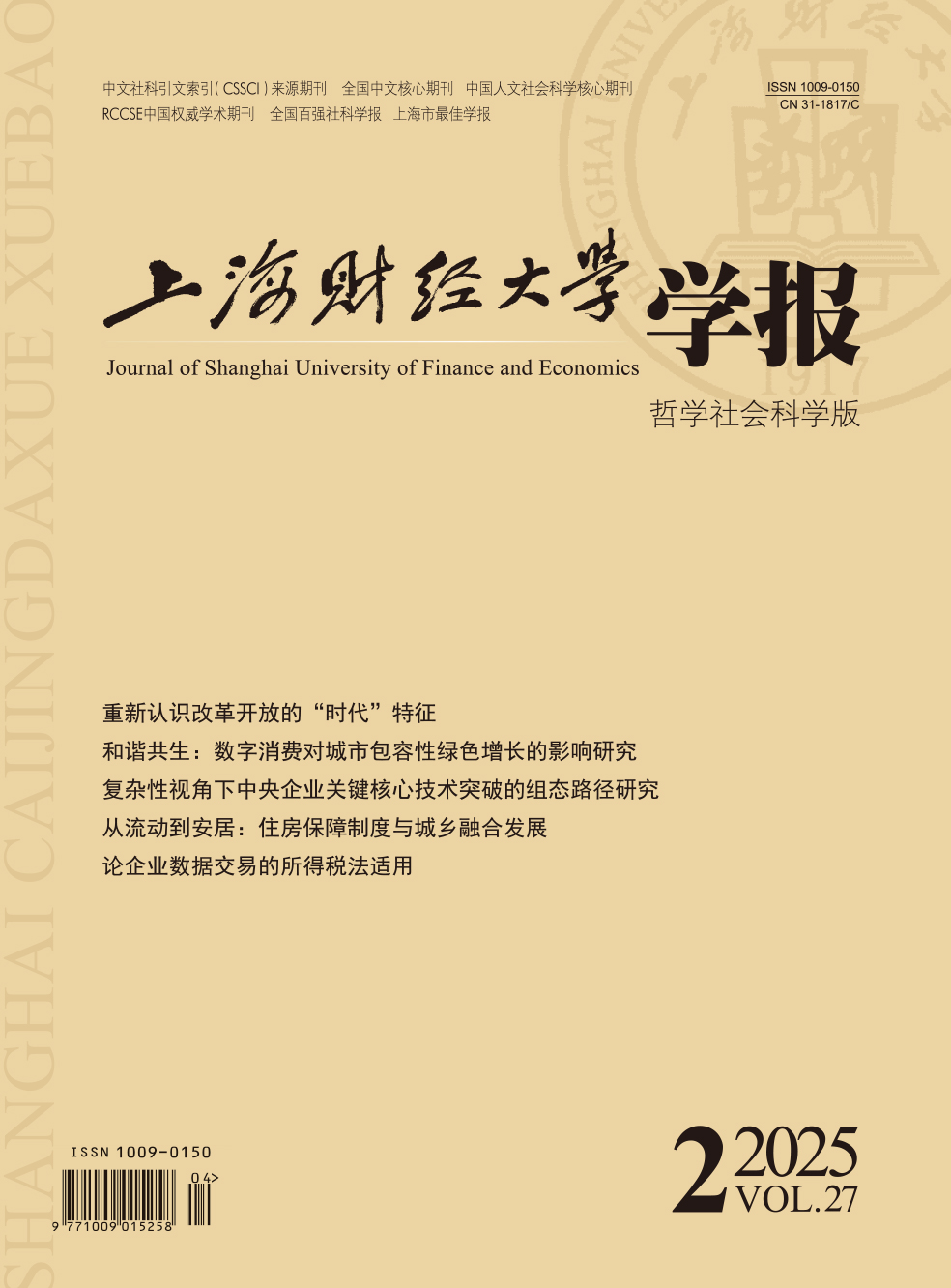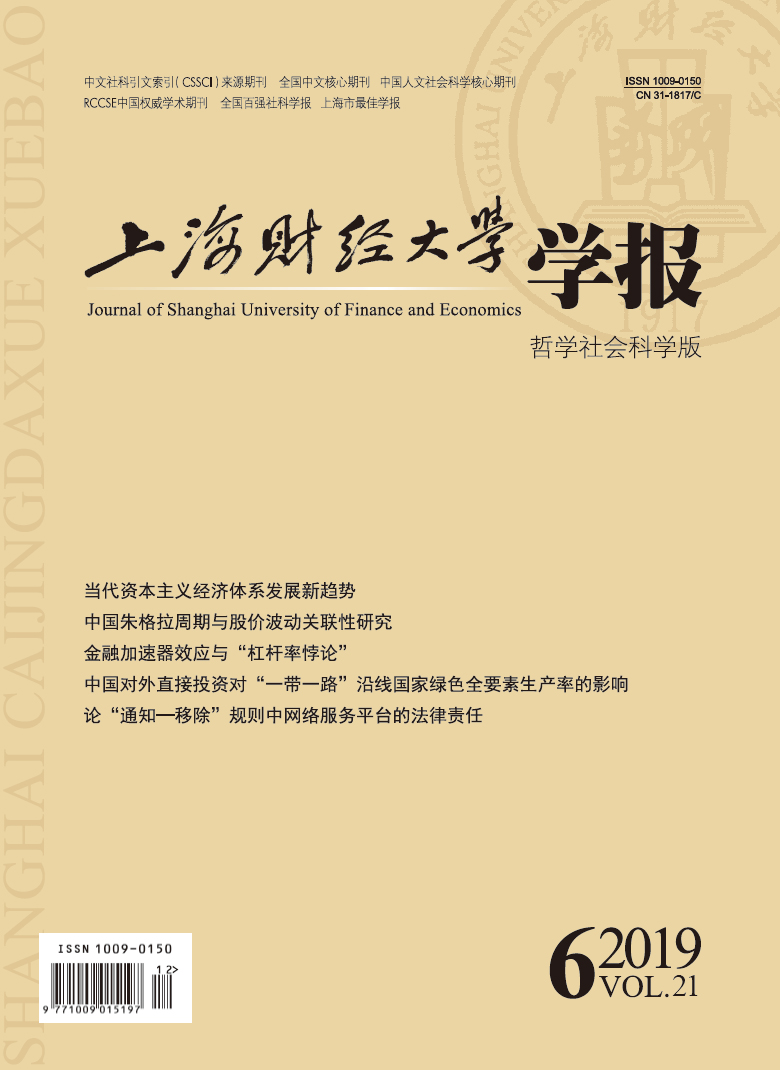Promoting structural de-leveraging is the key to achieving high-quality manufacturing development. However, in China’s monetary policy practice in recent years, the " leverage ratio paradox” phenomenon in the manufacturing sector has attracted much attention, which is due to not only the structural mismatch of financial resources, but also the financial accelerator effect at the aggregate level. However, because the existing research is limited to different theoretical main lines, not only the definition of " leverage ratio” is inconsistent, but also the discussion focuses on the macro-level and lacks sufficient consideration of the particularity of the manufacturing sector, which also leads to the industry level of applicability restrictions. This study attempts to select large sample micro-survey data of five typical manufacturing sectors, namely, coal, steel, cement, glass and electrolytic aluminum, as the research sample under the theoretical framework of financial accelerator. From the two dimensions of the actual debt burden and the asset-liability ratio of enterprises, the characteristics of the reverse regulation in the evolution of leverage ratio and the root cause of the " leverage ratio paradox” phenomenon are discussed. The study finds that: (1)The leverage ratio of Chinese manufacturing enterprises is much more sensitive to changes in the macro-monetary environment than micro-factors, and it exhibits significant strong cycle characteristics.(2)The leverage ratio of Chinese manufacturing enterprises has the characteristic of inverse regulation. In the macro cycle and currency regulation process, the asset end elasticity is significantly higher than the debt end, and the income end elasticity is significantly higher than the interest end, which not only conforms to the classic description of the financial accelerator effect, but also is the theoretical root cause of the " leverage ratio paradox” phenomenon.(3)China’s manufacturing sector also has serious financial resource mismatch problems. Government intervention has intensified financial friction and amplified the financial accelerator effect, thus driving low-efficiency corporate investment surges during the economic upturn or monetary easing phase, while accompanying the " zombie enterprise” loan during the economic downturn or the monetary tightening phase, which eventually triggered the dilemma between " de-leveraging” and " guaranteeing growth” of macro-currency regulation. Therefore, the structural de-leveraging of the manufacturing sector requires respecting the strong cyclical nature of the manufacturing sector and strengthening top-down macroeconomic regulation and administrative guidance, rather than simply resorting to the market-oriented reform; on the other hand, it should not be limited to a " one size fits all” monetary tightening, but should be based on a relatively stable monetary environment, and focus on promoting the structural optimization and adjustment of financial resource allocation. Finally, we should reorganize and rectify the existing policy support system and special financial arrangements for the manufacturing sector, and gradually build an industrial policy system of " survival of the fittest”.
 / Journals / Journal of Shanghai University of Finance and Economics
/ Journals / Journal of Shanghai University of Finance and EconomicsJournal of Shanghai University of Finance and Economics
LiuYuanchun, Editor-in-Chief
ZhengChunrong, Vice Executive Editor-in-Chief
GuoChanglin YanJinqiang WangWenbin WuWenfang, Vice Editor-in-Chief
Financial Accelerator Effect and “Leverage Ratio Paradox”: An Empirical Analysis of the Manufacturing Sector
Journal of Shanghai University of Finance and Economics Vol. 21, Issue 06, pp. 35 - 49 (2019) DOI:10.16538/j.cnki.jsufe.2019.06.003
Summary
References
Summary
Cite this article
Wang Ren, Li Zhiwei. Financial Accelerator Effect and “Leverage Ratio Paradox”: An Empirical Analysis of the Manufacturing Sector[J]. Journal of Shanghai University of Finance and Economics, 2019, 21(6): 35-49.
Export Citations as:
For




 , 2
, 2 4680
4680  5581
5581

